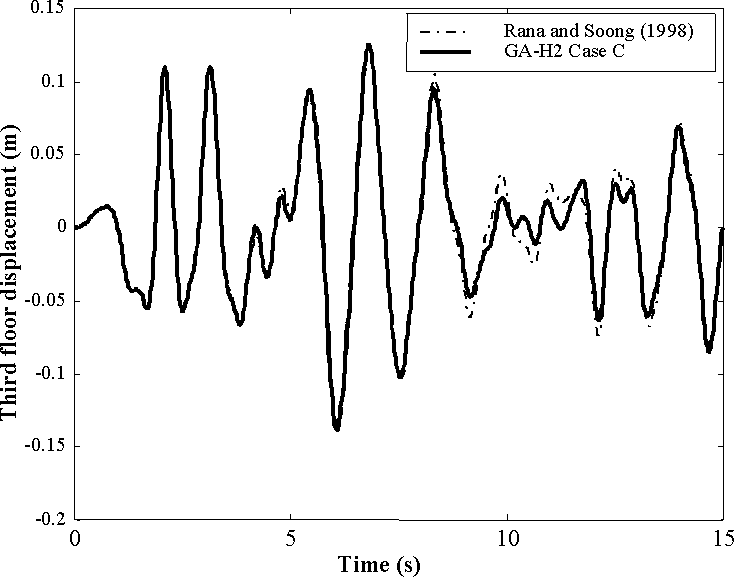
engineering & technology publications
ISSN 1759-3433
PROCEEDINGS OF THE SIXTH INTERNATIONAL CONFERENCE ON COMPUTATIONAL STRUCTURES TECHNOLOGY
Optimum Design and Performance of Multi Tuned Mass Damper Systems
+Faculty of Engineering, University of Wollongong, Australia
*Department of Civil Engineering, Faculty of Engineering, Atma Jaya Yogyakarta University, Yogyakarta, Indonesia
One objective of using MTMD systems is to control multiple modes of structural vibration. However, most MTMD studies use single mode model (single degree of freedom) system as the main system model. To the authors' opinion this is a contradictory to the objective of using MTMD systems. Therefore, the use of more realistic model that includes all modes of vibration is needed to design MTMD systems. For example, the improvement of the model is developed by Rana and Soong [1] that use an equivalent single degree of freedom system at a particular mode to design the damper parameters. In their model the damper is designed by successively modelling the structure as a SDOF structure at particular mode and optimise the damper. The objection to this procedure is if N dampers and modes are to be designed then N models and analyses are needed successively to optimise and analyse the dampers.
In this research, the MTMD in multi storey building may be optimised based on the `actual' multi degree of freedom structural model. Hence, it is not necessary to use a single degree of freedom model. To optimise the MTMD parameters, a genetic algorithm (GA) is then used as an optimiser. As the GA is well known as a robust optimiser engine
As the model is MDOF system, it is not necessary to know which dampers should be tuned to which modes. Therefore, the computation of mode shapes and eigenvalues is not really needed. The optimisation procedure can be used readily to any model of structures. Results of this research are in a very good agreement with the ones of Rana and Soong [1] as shown in Figure 42.2.
- 1
- R. Rana, T.T. Soong, "Parametric Study and Simplified Design of Tuned Mass Dampers", Engineering Structures, 20(3), 193-204, 1998. doi:10.1016/S0141-0296(97)00078-3
purchase the full-text of this paper (price £20)
go to the previous paper
go to the next paper
return to the table of contents
return to the book description
purchase this book (price £125 +P&P)

